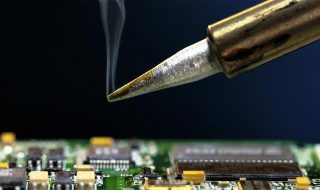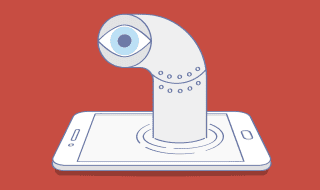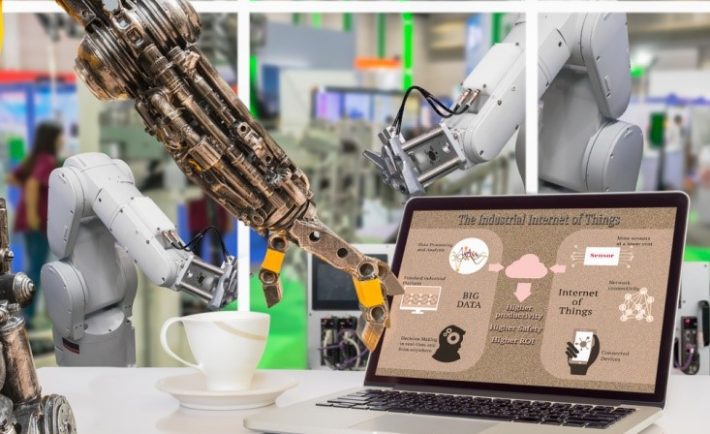
Many people use the terms Internet of Things (IoT) and Machine-to-Machine (M2M) interchangeably. On the surface, that seems like a reasonable thing to do: Both refer to devices that are controlled remotely and communicate with each other, transmitting data across networks without human intervention.
But No, IoT and M2M are not the same thing.
IoT is a broader term that refers to the connection of any device to the internet. M2M is a subset of IoT that refers to the connection of machines to each other.
IoT can be used to connect a variety of devices, including smartphones, laptops, and cars. M2M is typically used to connect devices that are used for industrial or commercial purposes, such as sensors and meters.
IoT and M2M are both growing rapidly, and they are expected to have a major impact on the way we live and work. IoT can be used to improve efficiency, automate tasks, and provide new services. M2M can be used to improve asset management, optimize operations, and prevent downtime.
Here are some of the key differences between IoT and M2M:
- IoT is a broader term that refers to the connection of any device to the internet. M2M is a subset of IoT that refers to the connection of machines to each other.
- IoT can be used to connect a variety of devices, including smartphones, laptops, and cars. M2M is typically used to connect devices that are used for industrial or commercial purposes, such as sensors and meters.
- IoT and M2M are both growing rapidly, and they are expected to have a major impact on the way we live and work. IoT can be used to improve efficiency, automate tasks, and provide new services. M2M can be used to improve asset management, optimize operations, and prevent downtime.
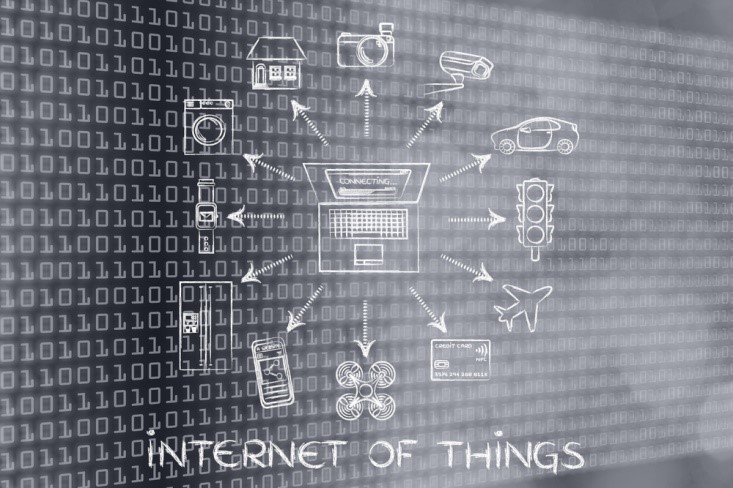
However, as the IoT has become the dominant force within technology — and arguably a household name — the differences between the IoT and M2M are becoming more pronounced. M2M is actually a subset of the IoT, and generally used in very specific situations. The differences are subtle but important, especially as businesses attempt to determine the right technologies to use to meet their needs.
Major Differences: An Overview
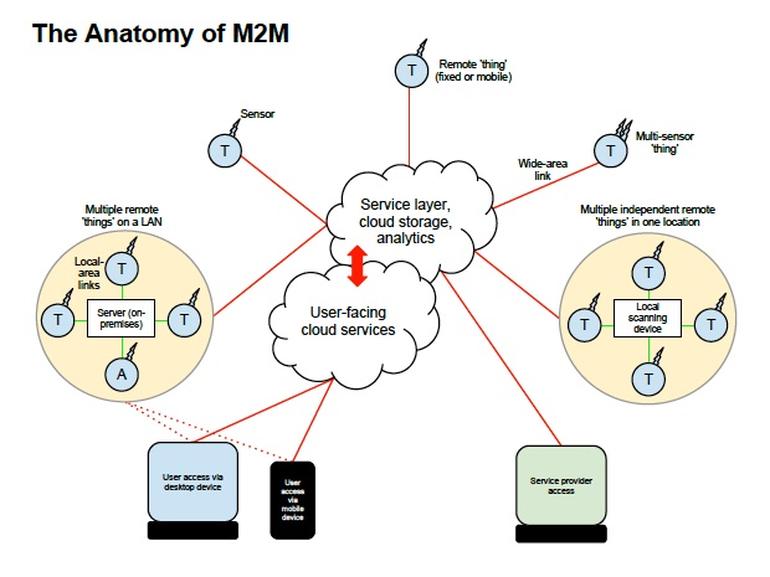 M2M and the Internet of Things: A guide
M2M and the Internet of Things: A guide
So, what are the major differences between IoT and M2M? When developing a solution, you need to consider what your current and future needs will be, and choose the option that best meets them both. For example, if you simply need something that provides remote machine access, then an M2M solution is likely to be your best bet. If you need something that creates measurable value for your company, via big data, analytics, and more software oriented tools, than an IoT solution is a better choice. However, the differences go well beyond a simple “What does it do?” consideration.
In general, the major differences break down in these key areas:
Remote Access.
Remote access forms the foundation of both IoT and M2M solutions. However, how that takes place tends to differ. M2M is generally hardware based, with modules embedded in the machine that communicating with another machine over dedicated networks using a specific software application. One common example of this is city traffic lights. In many cities, individual lights are remotely controlled by a centralized computer, which can remotely control, update, troubleshoot, and diagnose issues without sending a technician to the location. The communication is point-to-point, directly between the machines.
The IoT on the other hand, typically collects and transmits data via the cloud. That data can then be accessed by any approved application. It operates under the same general principles, but is more flexible, as it can be used with smaller, less expensive devices that have less power and/or space to accommodate an M2M module. For example, while a traffic light has the space to for such a module, a wearable fitness tracker does not. Smaller devices are generally equipped with a microprocessor — the discussion about what is 16-bit vs. what is 8-bit and what’s ideal for IoT devices is also so a hot debate — that processes the data collected by sensors and sends it to the cloud application for analysis and interpretation.
Software vs. Hardware.
The differences in remote access underscore one of the fundamental differences between the IoT and M2M, and that is the reliance on hardware vs. software. M2M relies on hardware — devices are equipped with SIM cards that allow connection with the network, as well as embedded modules and telecommunications. IoT devices are more software focused. Devices are operated via software, typically with human intervention, and have a greater degree of flexibility than M2M.
Bringing Everything Together
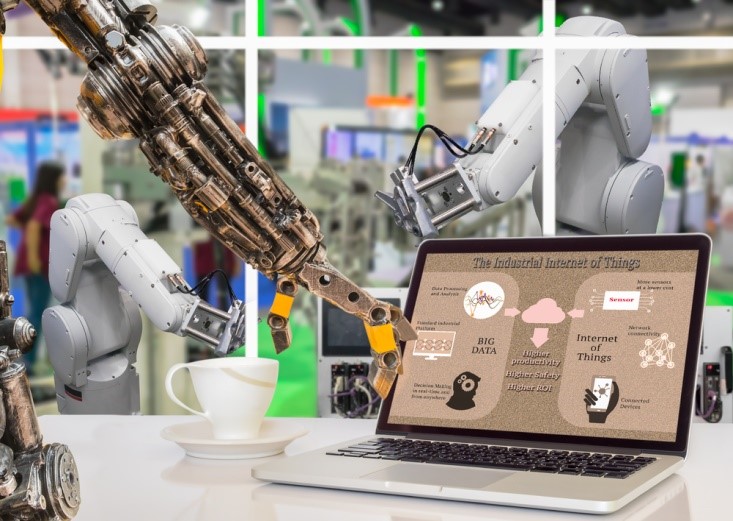
Another way to look at the relationship between M2M and the IoT is that the IoT is the connection between disparate technology stacks. As an illustration, consider three different types of M2M devices: the telemetry machines in a hospital, blood pressure readings recorded electronically in a doctor’s office, and heart rate and blood pressure readings taken at home using a wearable device or a piece of exercise equipment. All of these devices collect important data about an individual, and the IoT allows the disparate pieces of data — taken in different contexts — to be brought together into cloud-based software and provide a better overall picture of a patient’s health. And it’s not only applicable in healthcare; the IoT brings together difference technological silos across industries, creating better insights and more control than was ever possible with M2M technology only.
As the IoT and M2M develop, the distinctions between the two are likely to become more pronounced, and it will be more important to choose technology based on your actual needs and the job at hand than to choose based on the acronym. There will probably never be a one-size-fits-all solution, so understanding the important differences between these technologies will help you make the right choices.

